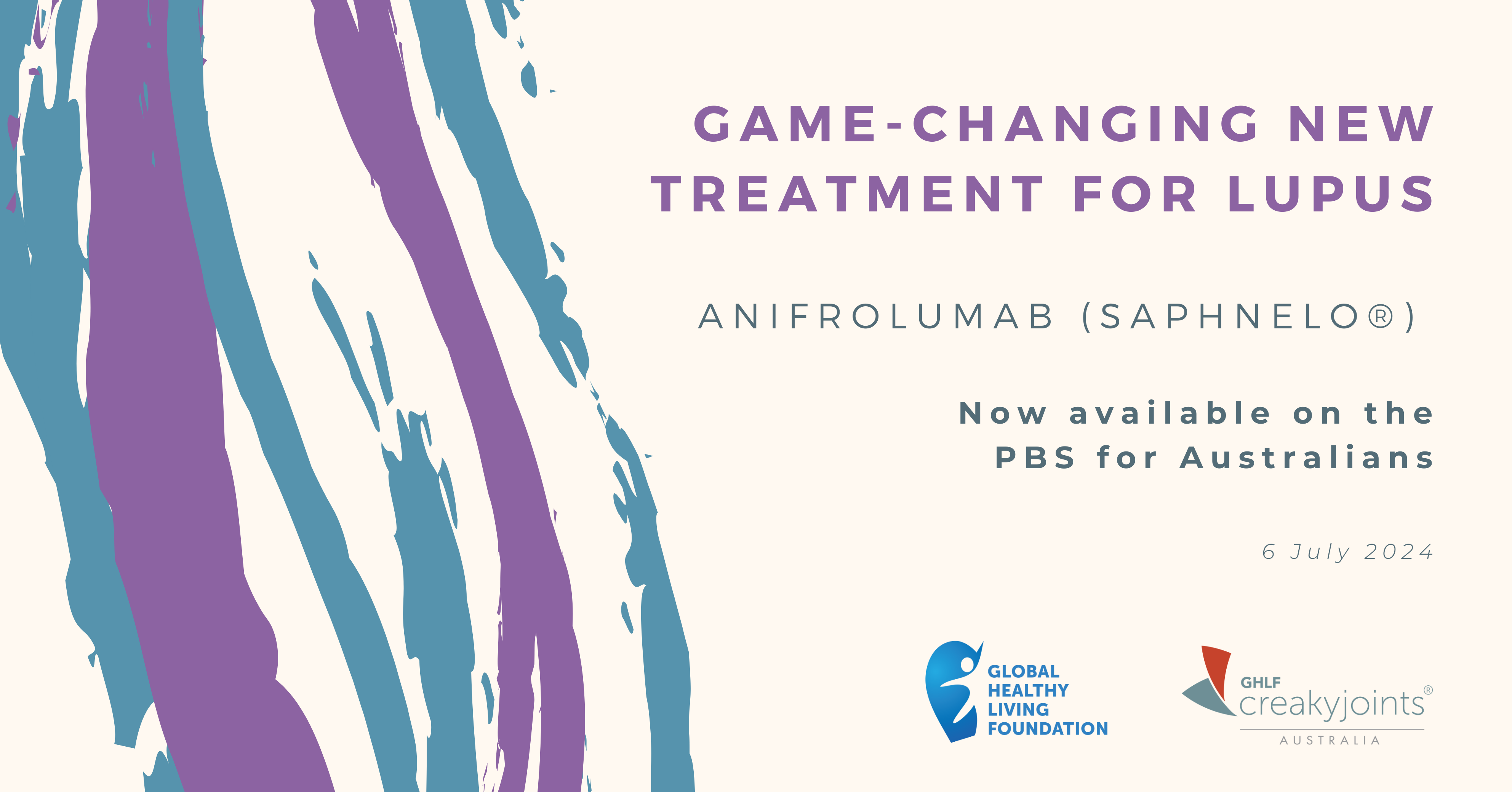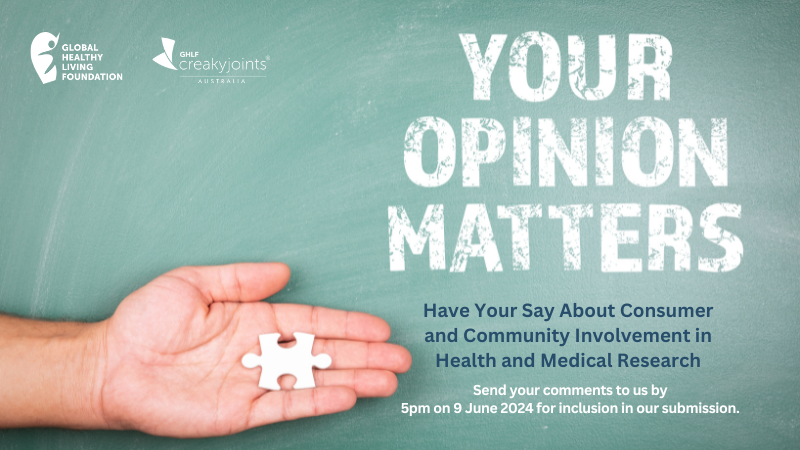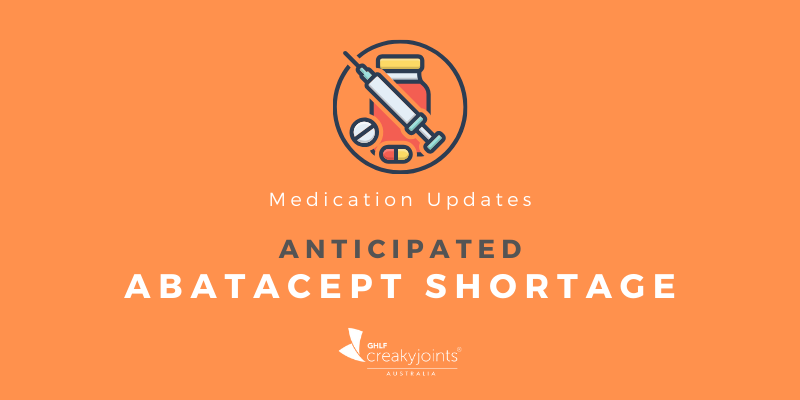

On 2 June 2020 new regulations and indications for the prescribing of opioid pain medications came into effect in Australia. The implementation of these new regulations has been fraught with problems, with some doctors misinterpreting and misapplying the regulations. In the worst cases, this has resulted in patients being force-tapered or refused their pain medications.
I am one such patient.
What are the new regulations? In short:
- The additional option of smaller pack sizes for opioids so smaller quantities can be prescribed for acute pain (larger pack sizes should still available for those who need them).
- Warnings on the product information on the potential harms related to opioid medications as a reminder of the new indications for opioid therapy.
- Updated prescribing ‘indications’ for opioids to ensure patients are prescribed an opioid only where the benefits outweigh the risks.
- All patients on long term opioids (greater than 12 months) to be reviewed by another practitioner.
It is the last two that are affecting chronic non-cancer pain patients.
Living With Chronic Pain
I have lived with several chronic pain conditions for many years. My inflammatory arthritis didn’t respond to the medications I was prescribed, and life was an endless parade of trying different combinations of conventional disease-modifying antirheumatic medications (DMARDs) and biologic disease-modifying antirheumatic medications (bDMARDs). At the time nothing was helping much, except for prednisolone.
The pain was severe, and it was every single day. My whole life was pain from the first sensation I was aware of in the morning and the last thing I felt at night before sleep. Constant, gnawing, drilling, burning, twisting, searing, cutting, often excruciating pain. I reached the point where I was considering suicide as the only way out of the pain.
Finally, out of other options, my GP prescribed an opioid (oxycodone) to help manage my pain.
Opioids Provide Relief For Severe Chronic Pain
Suffice to say my life was changed.
My life was saved.
For the first time since my rheumatoid arthritis (RA) diagnosis, I had proper pain relief after years of misery. I was able to drive my kids to school, work part-time, return to the gym and workout hard. I even started running again. Running! I was able to take a dose of oxycodone and go out for dinner with the family. I had a life. Or at least, I had pieces of the life I used to know.
I still had terrible pain days where I was bedridden, but they weren’t every day anymore. Oxycodone gave me parts of my life back that I thought were gone forever.
Oxycodone reduced my pain enough so that I could establish a fitness regime. I went to the gym almost daily and did low impact group exercise and spin classes. Exercise improved my strength, flexibility and mobility. I created stronger muscles and tendons which supported my joints. I developed excellent cardiovascular fitness, protecting myself against heart disease – a very common comorbidity of RA. Exercise also keeps anxiety and depression at bay.
Oxycodone allowed me to do that. My opioid pain medications are the cornerstone treatment, the essential foundation on which other pain modalities are built.
Degenerative Disease And Opioid Therapy
I collected diagnoses over the years, some related to inflammatory arthritis, some related to the medications I took to treat that arthritis, and some entirely new. I was referred to a pain management specialist, by which point I was living with:
- Inflammatory arthritis pain.
- Damage to joints from uncontrolled inflammatory arthritis.
- Peripheral neuropathy: A dysfunction of nerves that extend from the central nervous system.
- Spinal pain from degenerative osteoarthritis through my entire spine, worst at the lumbar and cervical levels, but also in my thoracic spine.
- Bone pain from a rare bone disease which causes extremely high bone density, bone pain and degenerative osteoarthritis.
- Abdominal pain: As yet undiagnosed but the current best theory is angioedema (the swelling of areas of tissue under the skin) affecting my small intestine.
Two and a half years ago my lumbar spine crumbled. I couldn’t walk unassisted and I was mostly housebound, going out only for medical appointments and therapy sessions. I had incomplete cauda equina syndrome, and for a time I lost bladder control. My left leg was paralysed and I had weakness and numbness down both legs.
My spinal disease was so disabling I could no longer exercise, nor even walk unassisted. The pain was like a knife twisting constantly in my back, but worse was the nerve pain down into my legs.
My pain management specialist switched me to slow-release oxycodone, retaining the immediate-release oxycodone for breakthrough pain. I saw him very regularly for several years, all the while chasing alternative medications, treatments, procedures and surgeries that could potentially permanently reduce my pain. My doses of oxycodone went up, and they went down, according to my pain levels.
Alternatives to Opioids For Chronic Pain
During those years I tried every other treatment that I could access. These included:
- Cortisone injections into various joints.
- Radiofrequency ablations: A non-surgical, minimally invasive procedure that uses heat to reduce or stop the transmission of pain.
- Physiotherapy, exercise physiology and other appropriate exercise to build core strength, cardiovascular fitness and general health.
- Heat and cold packs.
- Psychology: including Acceptance and Commitment Therapy (ACT) and Cognitive Behavioural Therapy (CBT) and talk therapy.
- Meditation and mindfulness.
- Simple analgesics (such as Panadol) and nonsteroidal anti-inflammatory drugs (NSAIDs).
- Tricyclic antidepressants, gabapentinoids (medications for nerve pain) and anti-epileptics – all off-label for pain.
- Multiple joint surgeries, including a multi-level spinal fusion.
Some of these helped a little, some were effective for a short time. Some were insanely expensive and helped not at all. Some are contraindicated for chronic pain, yet still recommended by doctors who have no other options but try non-evidence-based treatments for intractable chronic pain.
Surgery For Chronic Pain
Ultimately, I needed four levels of my spine surgically fused, well recognised as one of the most painful procedures and recoveries known. That was six months ago. In that time I have fought my way back from paralysis and agonising pain. I worked with a physiotherapist and started with the simplest of exercises, gradually increasing in difficulty. Over the course of a few months, I’ve gone from bedridden and needing a wheelchair to doing a spin class, a yoga class and two weight-bearing classes per week. Again, I have been able to do this because I’ve had appropriate pain relief, with opioids.
Over the last three years, I have spent well over $35,000 on pain treatments, procedures and surgeries. I have had to sell cars, draw down super money and borrow against my house. I work three part-time businesses, each bringing in a small income, and I will be paying off my multilevel spinal fusion surgery for many months to come.
Voluntarily Tapering Opioids For Chronic Pain
Four weeks after the spinal fusion, I initiated a dose taper of my opioids. It was my choice, my decision. My GP was happy to plan a taper, but once I reached 10 mg of slow-release oxycodone, I found that my pain was no longer controlled. I wasn’t able to do my gym workouts or physiotherapy, a grocery shop would knock me down for two days, I wasn’t able to work and I was woken by pain every night between 1 and 3 am. In short, a return to the bad old days.
After a month of enduring this pain again, I asked her to increase my oxycodone dose. To my shock she refused, citing the new opioid regulations and a need to taper all chronic non-cancer pain patients off opioids.
My GP insisted I see my pain management specialist, which is an expensive exercise for a disabled person on a fixed income. But I complied, not really expecting it to be more than a “tick the boxes” exercise.
Unfortunately, I was very wrong. My pain management doctor, in an appointment lasting less than five minutes, explained that I need to taper off all opioid medications, due to the Australian Government Department of Health clamping down on opioid prescriptions. He cited addiction, opioid-induced hyperalgesia (an abnormally heightened sensitivity to pain), hormone changes and long-term inefficacy as his reasons.
None of these things apply to me. I have been stable on my opioid doses for many years and have willingly reduced rather than increased my doses. I have no symptoms of addiction or opioid-induced hyperalgesia, and I am well past my childbearing years. My opioid medications are safe and effective and radically improve my quality of life.
Forced Tapering Opioids For Chronic Pain
It was clear that none of this mattered. He even commended me on how hard I have worked to be walking unassisted again, to be doing spin classes and resistance training, and he called me a model patient. He wished more of his patients were as proactive with exercise and rehabilitation and as determined to live an active, functional life despite pain.
But beyond that, his forced taper plan stands, and he refused to discuss it further. He said his hands are tied. He told me that the Department of Health will one day refuse my authority script and there will be nothing anyone can do about it. Therefore, he designed a slow taper to safely wean me off my pain medications before that happens.
I have been offered no alternative treatments because I have tried everything available. I have multiple degenerative diseases, and, as is the nature of degenerative diseases, they will only get worse. I can’t have any more surgeries, because my bone disease and my adrenal insufficiency make me too high risk. I can’t take NSAIDs due to previous stomach ulcers, stage 2 kidney disease and angioedema. Panadol does nothing for severe pain.
I’m told I will just have to “find a way to live with it”.
Opioids Improve Quality of Life
I have always been a compliant patient and have never abused or misused my medications. I am dependent on opioids for pain relief but I am not addicted. I have never tried to fill my scripts early or get more pills than prescribed. I have never asked for a higher dose unless I had a genuine exacerbation of my disease. I have always communicated openly and honestly with my doctors and I have followed their treatment plans to the letter. I have used my opioid pain medications to improve my health, my physical fitness and my quality of life.
Most of all, I meet the new indications for opioid prescription according to the guidelines. And yet my doctors are choosing to deprescribe.
Without opioids, my life becomes sedentary, and the damage to health caused by a sedentary life is profound and well documented. By taking my opioids away, my pain management doctor is condemning me to a much higher risk of obesity, cardiovascular disease and disability. Not to mention severe, daily pain.
A minority of doctors, like mine, are using the new regulations as an excuse to stop prescribing opioids. I can provide objective evidence that opioids improve my quality of life – my gym instructors are happy to attest that I turn up to gym four times a week and I work harder than most. My blood pressure has come down to the extent that I no longer need medication. My resting heart rate has come down. I have lost weight.
All of these things will be reversed when my pain levels return to being too high to continue to exercise. For me, opioids improve my health, improve my function and reduce my pain. I experience no serious side effects or adverse events. Taking my opioids away will clearly harm my health and reduce my quality of life.
What to do About Being Force Tapered Off Opioid Pain Medications
It’s clear that I’m far from the only patient being force tapered. Some people have been cut off completely and even left without a health care provider. Some doctors just don’t want the hassle of navigating the red tape, and so they are refusing to prescribe opioids at all.
If this has happened to you, there are a few things you can do.
- First, discuss the situation calmly and rationally with your GP or pain management specialist. Put forward a case which shows how opioid pain medications improve your quality of life. The main medical objective of opioid therapy is not pain relief – it is improved function and quality of life. Find a way to demonstrate how your opioid pain medications allow you to participate in work, family life, social engagements, and/or be more active.
- If you haven’t already, follow the PainAustralia Facebook page for actions they are undertaking to combat this problem. PainAustralia is the peak body for pain management advocacy in Australia.
- Email your story to PainAustralia via admin@painaustralia.org.au. Let them know this is happening to you.
- Follow the Pain Patient Advocacy Facebook page, which is a new patient-led organisation dedicated to raising awareness of the benefits of opioids and the need for access to individualised, multidisciplinary pain management. You can also check out the Pain Patient Advocacy website.
As patients, we have the right to be at the centre of all decisions regarding our care and to be treated with dignity, transparency and respect by everyone involved in the healthcare process. We do not have to accept anything less.
Keep Reading
- Will The New Opioid Prescribing Rules Affect Your Arthritis Pain Management?
- Arthritis Treatments
- 89% of Arthritis Patients Say That Fatigue Interferes With Daily Activities
- 5 Ways Your GP Can Help You Manage Your Chronic Illness
- A Patient’s Guide to Living with Rheumatoid Arthritis in Australia
Arthritic Chick (Neen Monty) is a member of the CreakyJoints Australia Patient Council and an active chronic illness blogger on multiple platforms. Visit the Arthritic Chick website to learn more of Neen’s story along with her tips and recipes for people with arthritis.




